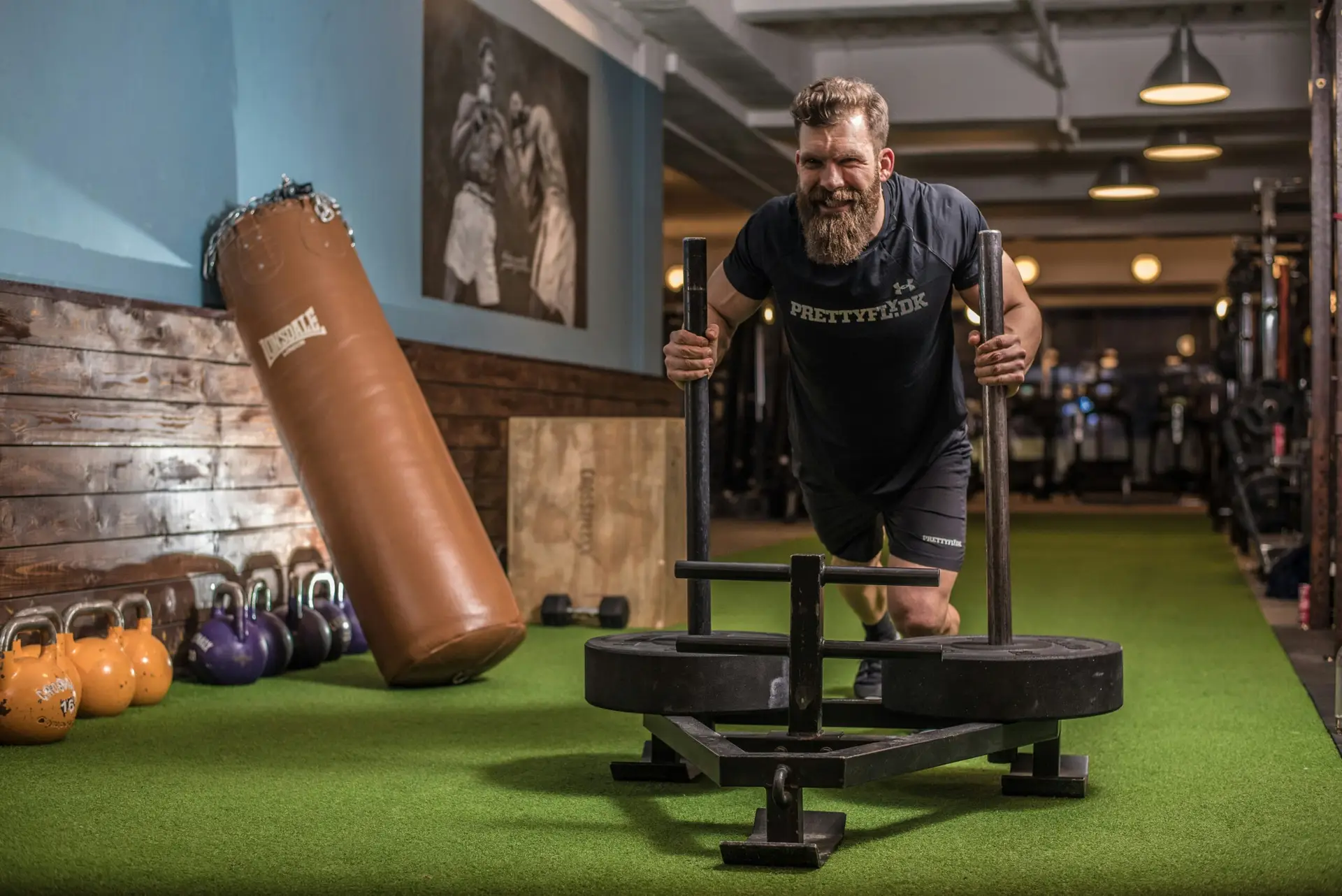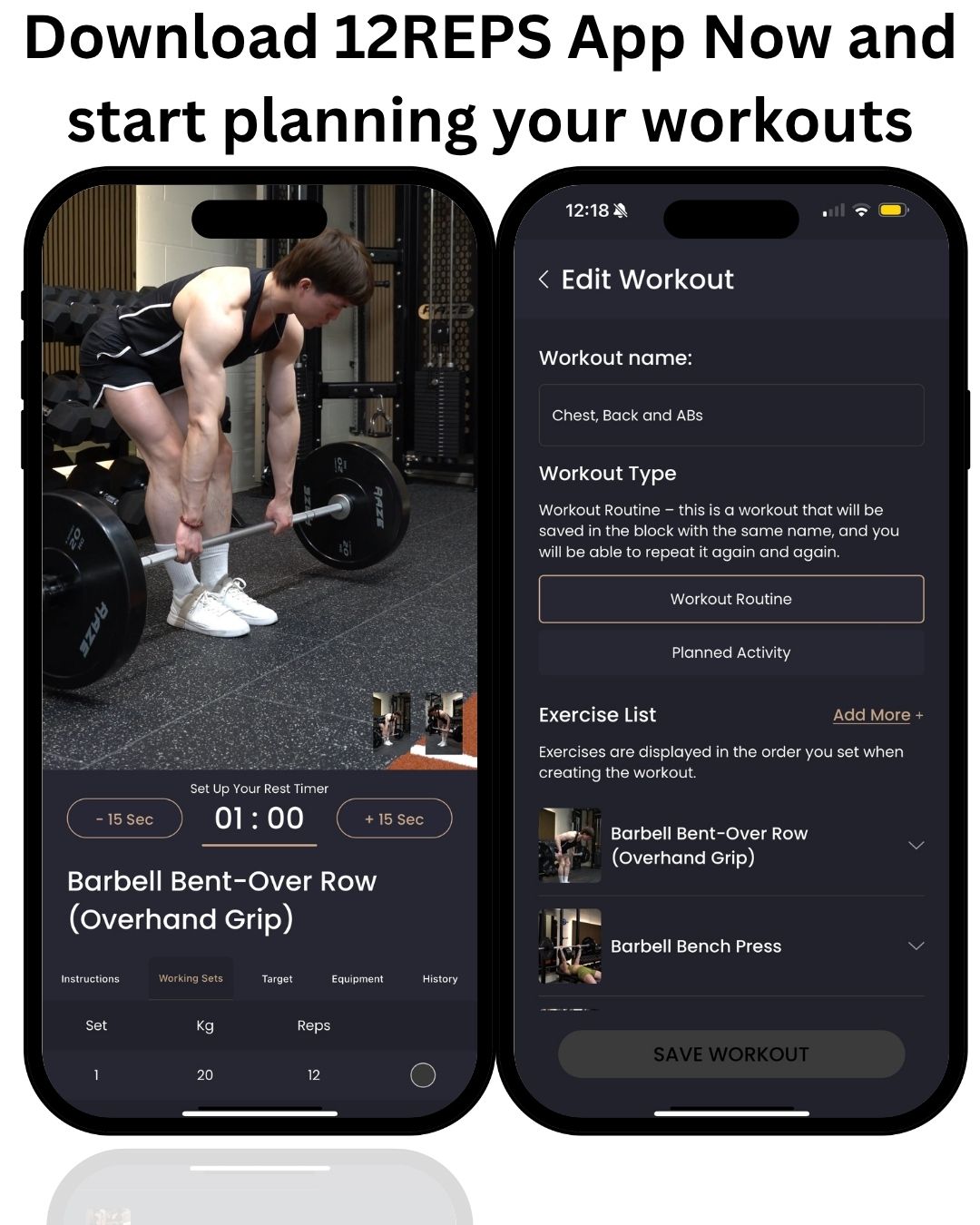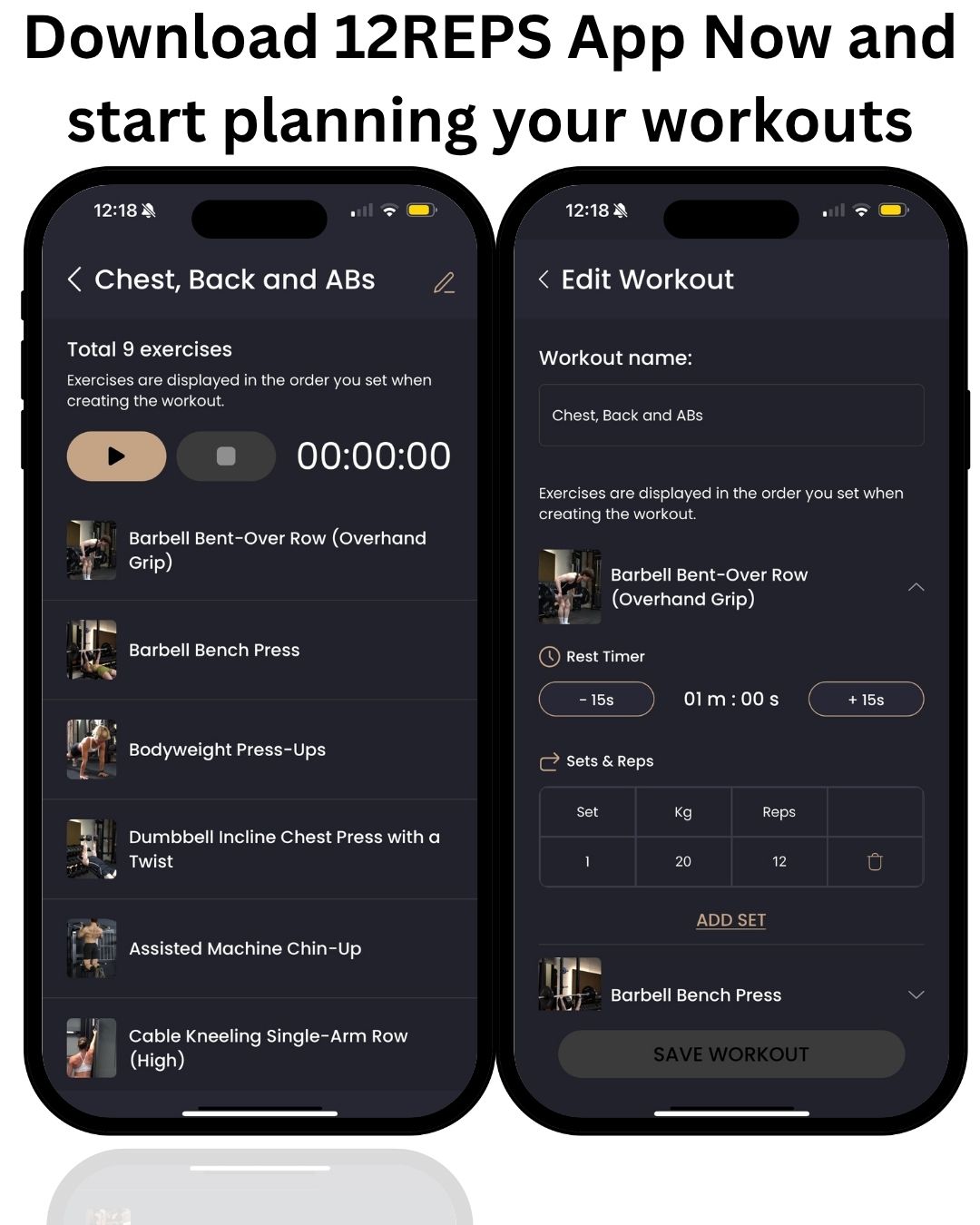By Will Duru, BSc (Hons) Sport and Exercise Science, Award-winning Personal Trainer with over 10 years of experience in strength training and optimising recovery
Age is Just a Number: Ten Years of Helping Men Build Strength
For over ten years, I’ve worked as a personal trainer in the City of London. In that time, I’ve seen men change their lives through strength training. They’re not just trying to look good anymore. They want to feel strong, move better, and stay healthy as they age. The best way to do this? Smart strength training.
I’ve helped many men get in shape through strength training. We’ve set all kinds of goals together. Some wanted to squat their own body weight for the first time. Others wanted to do their first proper press-up. We’ve worked on deadlifting their body weight, pushing their weight on the sled, and building the strength to run a 10k, half-marathon, and even a full marathon. I have seen men achieve it all. The secret behind every success? Building real strength.
I always tell my clients that age is just a number in the gym. When you are strong and fit, you can challenge yourself and push your limits. You can do things you never thought possible. This isn’t just nice words – it’s something I see every day. Take my client, Robin. When he first came to me, his goals were modest. But as he got stronger, his confidence grew. We worked towards a big goal: deadlifting almost twice his own body weight. The day he lifted 150kg from the floor for one rep, his face lit up with pure joy. He told me the feeling was amazing. In that moment, he wasn’t just a man in his 50s. He was as strong as the young men in the gym.
This is what strength training can do. It’s not just about bigger muscles. It’s about a bigger life. It’s about feeling confident, taking on new challenges, and living your best life, no matter how old you are.

Why Strength Training Matters for Men in Their 50s
As men get older, their bodies change. One big change is that we lose muscle and strength. This is called sarcopenia. Research shows that muscle and strength peak around age 30 to 35. After that, they slowly get weaker. This gets faster after age 65. This affects how we move, our balance, and how we feel [1]. But here’s the good news: this doesn’t have to happen. Strength training can stop and even reverse these changes.
A 2023 study looked at middle-aged adults and found that resistance training was safe and worked well for building strength. It strengthened people and helped them maintain muscle mass. The message is clear: strength training works at any age [2].
For men in their 50s, strength training becomes even more important. Testosterone levels start to drop, which can speed up muscle loss. However, regular weight training can help slow down this process and even naturally boost testosterone levels
Why Lift at 50? The Big Benefits
Build and Keep Muscle to Stay Strong for Daily Life. Every day, you need to carry things, climb stairs, play with kids, and stay independent. Strength training makes sure you keep the muscles you need for all these things. Strong muscles mean you can do more with less effort.
Support Bone Health and Reduce Fall Risk. Weight training tells your bones to stay strong. This is important for men as well as women. Strong muscles and bones mean fewer falls and breaks. As we age, bone health becomes crucial for staying active.
Better Joints and Posture Strong muscles support your joints and help you stand tall. This means less pain and better movement. Many men in their 50s deal with back pain from sitting at desks. Strength training can fix this.
More Energy, Better Sleep, and Happier Mood. I think this matters most day to day. Regular strength training helps you sleep better, gives you more energy, and makes you feel happier. When you feel strong, it shows in everything you do. Your confidence at work, with family, and in life all improve.
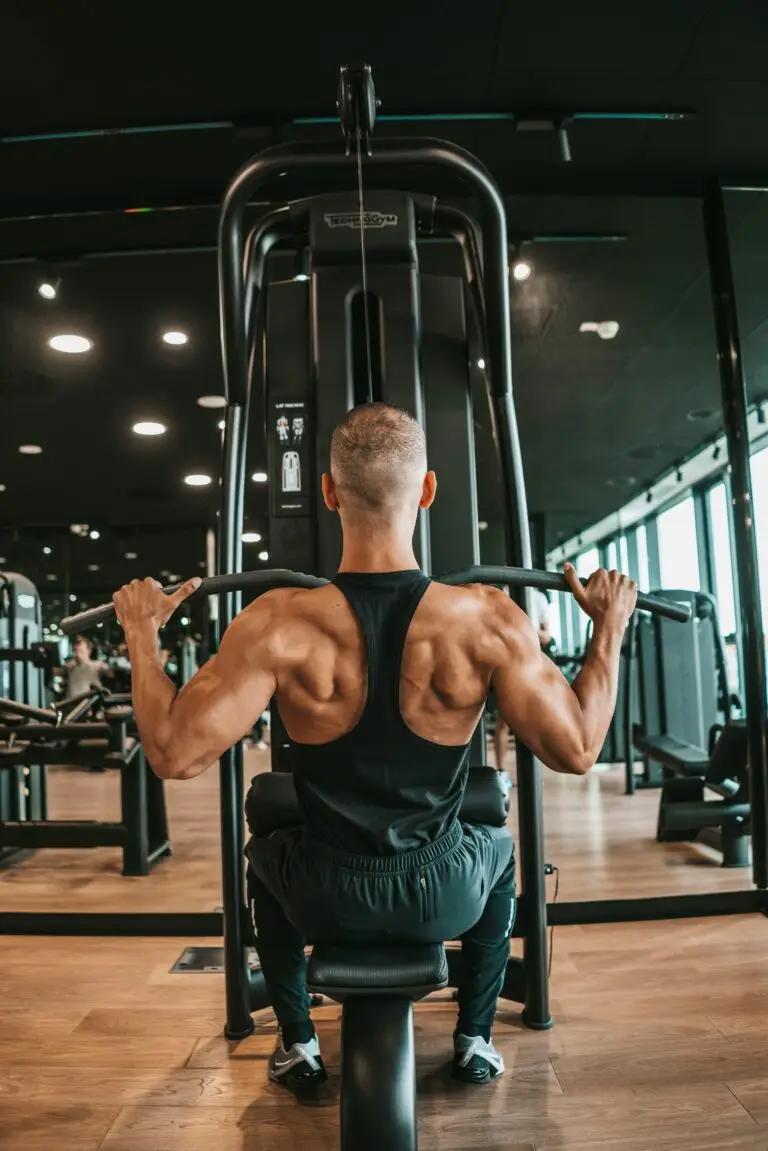
Is Strength Training Safe for Men at 50?
Yes! When done correctly, strength training is a very safe activity. Here’s how to stay safe:
Use Good Form and Go Slow Good technique is more important than heavy weights. Perfect form with light weights is always better than bad form with heavy weights. Every rep is a chance to get better at the movement.
Start Light and Add Weight Slowly. Begin with weights that feel easy. Only add more weight when your current reps feel steady and don’t hurt. Your body will get stronger quickly when you give it the right challenge and enough rest.
Always Warm Up: Spend 5-8 minutes warming up before each workout. Move the joints you’ll be training. Get your heart rate up slowly. This simple step cuts injury risk and helps you perform better.
How to Plan Your Strength Training at the Gym
Based on my experience training beginners, I recommend starting with a combination of equipment. Use bodyweight exercises, resistance bands, dumbbells, machines, TRX, and kettlebells. Why? These tools help you build basic strength while learning how your body moves and what muscle work feels like. This knowledge is the basis for all future training success.
Here’s your 8-week program to get started. You can find all these exercises on the 12reps app at just12reps.com. The app has over 1,500 exercises. You can make workouts based on your goals, time, body parts, and equipment. I suggest training 2-3 times a week for the first 8 weeks. Each session should be 45 minutes to an hour. This gives you enough rest between workouts – that’s when your muscles actually repair and get stronger.

This program uses three different workouts that you rotate through. Do 2-3 workouts per week with at least one day of rest between sessions.
Exercise | Sets | Reps | Rest |
Dumbbell Goblet Squat | 4 | 8-12 | 60 seconds |
Dumbbell Reverse Lunges | 4 | 10 per side | 60 seconds |
Dumbbell RDL | 4 | 10 | 60 seconds |
Dumbbell Farmer Carry | 4 | 20-30 meters | 60 seconds |
Bodyweight Plank | 3 | 30 seconds | 45 seconds |
Bodyweight Crab Crawl | 2 | 30 meters | 60 seconds |
Exercise | Sets | Reps | Rest |
Lat Pull-down Machine/Resistance Band | 5 | 8-12 | 60 seconds |
Dumbbell Incline Bench Press | 4 | 10 | 60 seconds |
Dumbbell Single Arm Row | 4 | 10 per side | 60 seconds |
Bodyweight Press-ups/Knee Press | 3 | 8-10 | 60 seconds |
Dumbbell Seated Shoulder Press | 4 | 12 | 60 seconds |
Dumbbell Lateral Raises | 3 | 12 | 45 seconds |
Exercise | Sets | Reps | Rest |
Bodyweight Box Squat | 4 | 10 | 60 seconds |
Bodyweight Reverse Lunges | 4 | 10 per leg | 60 seconds |
Bodyweight Press-ups/Knee Press | 4 | 12 | 60 seconds |
Bodyweight Dips on Bench | 4 | 12 | 60 seconds |
Dead Bug | 3 | 8-10 per side | 45 seconds |
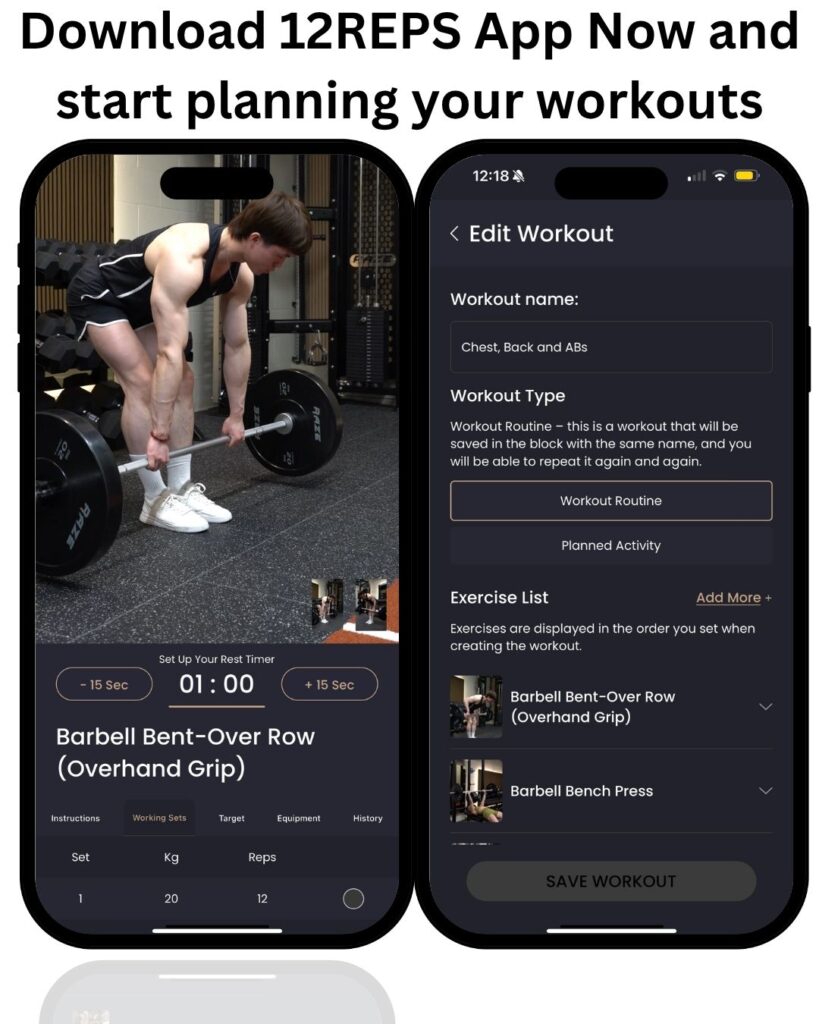
How to Progress Through the Program
Week 1-2: Learning Phase Focus only on doing the exercises right. If something feels too hard, make it easier. Use lighter weights or do easier versions. The goal is to learn the movements and feel confident.
Week 3-4: Building Phase Start to challenge yourself more. If you can do all the reps with perfect form, try adding 2-5 pounds to your weights or adding 2-3 more reps to each set.
Week 5-6: Strength Phase This is where you’ll really feel strong. You might go from knee push-ups to full push-ups, or add more weight to your lifts. Listen to your body and progress at a pace that feels challenging but doable.
Week 7-8: Power Phase Focus on moving the weights with more speed and control. This is where you build real functional strength that helps in daily life.
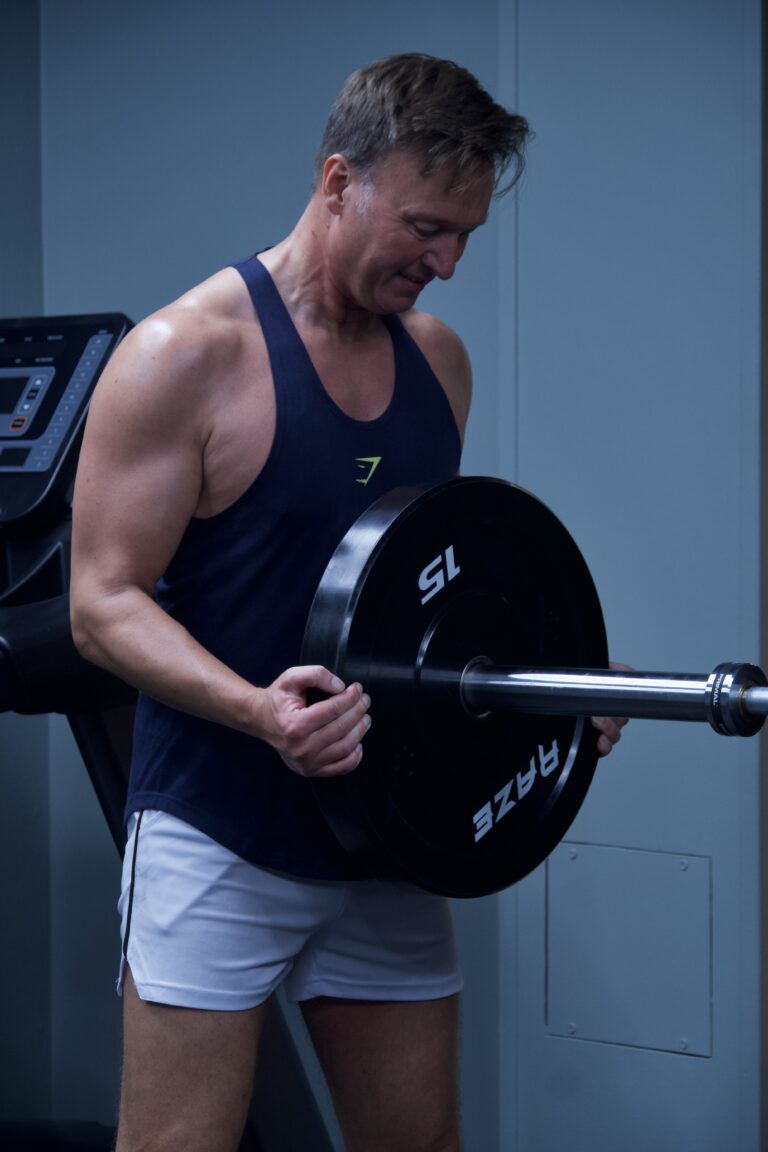
Common Questions Men Ask
Will I Get Bulky? No. You’ll look leaner and stronger with smart nutrition. Building big muscles takes years of dedicated training and a specific diet. Most men just get a lean, strong look.
Do I Need a Gym? No. Dumbbells, bands, and a bench or chair are great options. You can do this program at home with basic equipment.
How Long Per Session? 40-50 minutes is perfect. This gives you time to warm up, do your workout, and cool down without rushing.
What If My Back Feels Tight? Reduce range of motion, use lighter weights, and add core strengthening exercises. If pain continues, see a doctor or physical therapist.
Track What Matters with the 12reps App
The 12reps app helps you track the things that really matter:
Load, Reps, and Effort Record the weight you use, how many reps you do, and how hard it felt. This helps you see progress and plan your next workout.
Body Measurements: Track your waist, body weight, and take weekly photos if you want visual proof of your progress. Sometimes the scale doesn’t move, but your body shape changes.
Functional Strength Track grip strength and carry distance. These are straightforward and honest ways to gauge real-world strength that benefit daily life.
The Mental Game: Building Confidence
One of the biggest changes I see in my male clients isn’t physical – it’s mental. When you start strength training in your 50s, you’re not just building muscle. You’re building confidence. Every weight lifted, every rep done, every personal best is proof that you are capable of more than you thought.
The gym becomes a place where you prove to yourself that age doesn’t define your limits. The discipline you build in training helps in other parts of your life. The confidence you get from lifting weights shows up at work, with family, and in social situations. The mental toughness you develop by pushing through hard workouts prepares you for life’s challenges.
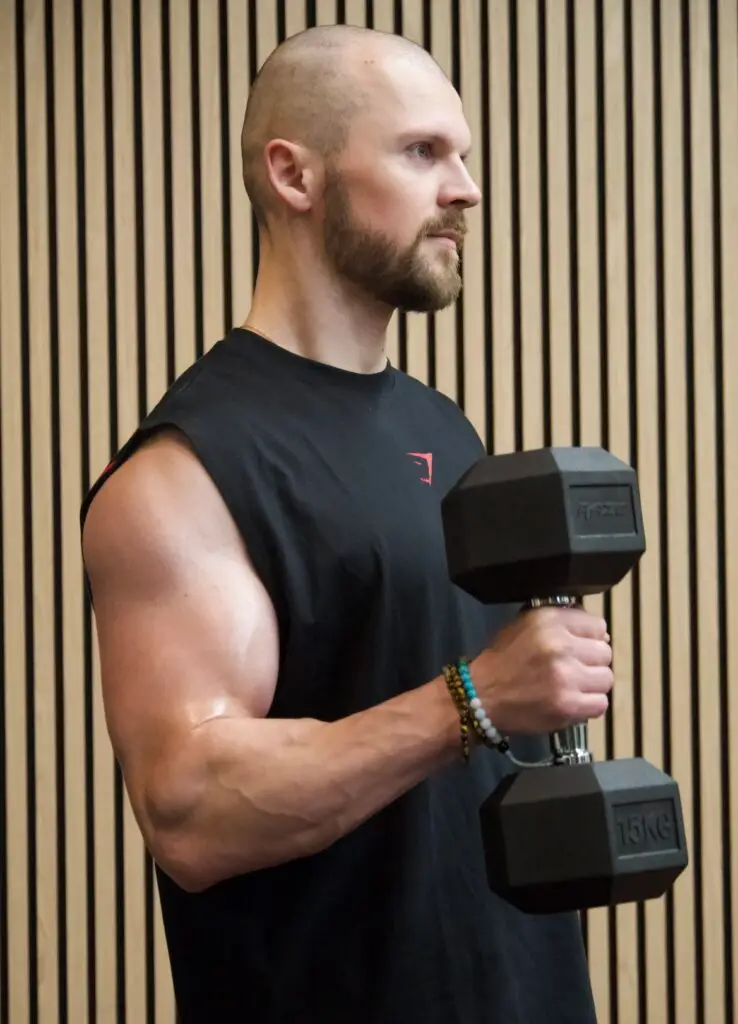
Nutrition Basics for Men Over 50
While this article focuses on training, nutrition plays a huge role in your success:
Eat Enough Protein: Aim for 25-35 grams of protein at each meal. Think eggs at breakfast, chicken or fish at lunch, and lean meat or beans at dinner. Protein helps build and maintain muscle.
Stay Hydrated: Drink water throughout the day. Aim for at least 8 glasses. Good hydration is essential for both recovery and optimal performance.
Don’t Skip Meals. Eating regularly helps maintain stable energy levels and supports recovery. Don’t try to lose weight by skipping meals; it will hurt your training.
Consider Creatine. Creatine can aid in enhancing strength and promoting recovery. Taking 3-5 grams daily has been shown to improve power and reduce tiredness. It’s safe and well-researched.
Recovery: The Secret to Success
Recovery is when the real magic happens. Here’s how to recover like a pro:
Sleep 7-9 Hours. Good sleep is when your muscles repair and grow. Make sleep a priority. Keep your bedroom cool and dark, and avoid screens before bed.
Manage Stress. Too much stress can hurt your progress. Find ways to relax, like walking, reading, or doing hobbies you enjoy. Stress management is part of training.
Take Rest Days. Your muscles grow when you rest, not when you train. Take at least one full day off between workouts. Light walking or stretching is fine on rest days.
Listen to Your Body. Some muscle soreness is normal, but sharp pain is not. If something hurts, take extra rest or see a professional.
Your New Chapter Starts Now
Your 50s don’t have to be about slowing down. They can be about getting stronger and becoming the best version of yourself. Strength training isn’t just exercise – it’s an investment in your future. Every workout is a deposit in your health bank account.
The man who starts this program today will be different from the man who finishes it in 8 weeks. He’ll be stronger, more confident, and ready for whatever life brings. That man is waiting for you to take the first step.
Don’t wait for the perfect time. Don’t wait until you feel ready. Don’t wait until you have all the equipment. Start where you are, with what you have, right now. Your future self will thank you for beginning today.
Remember Robin’s story. He went from modest goals to lifting 150kg. That transformation didn’t happen overnight, but it started with one workout, one rep, one decision to invest in himself. Your story starts now.
The weights are waiting. Your stronger self is waiting. The only question is: are you ready to meet him?

References
[1] National Institute on Aging. (2022, June 30). How can strength training build healthier bodies as we age?https://www.nia.nih.gov/news/how-can-strength-training-build-healthier-bodies-we-age
[2] Isenmann, E., Kaluza, D., Havers, T., Elbeshausen, A., Geisler, S., Hofmann, K., Flenker, U., Diel, P., & Gavanda, S. (2023). Resistance training alters body composition in middle-aged women depending on menopause – A 20-week control trial. BMC Women’s Health, 23(1), 526. https://doi.org/10.1186/s12905-023-02671-y

